Analysis of Sustainability Factors: A Case Study of H&M's Business
VerifiedAdded on 2022/10/18
|8
|579
|6
Case Study
AI Summary
This case study examines the sustainability factors within H&M's business operations, focusing on the company's efforts to minimize its environmental impact and contribute to a sustainable economy. The analysis explores the challenges H&M faces, including transitioning to a low-carbon society, addressing stakeholder needs, conserving the natural environment, and implementing a circular economy. The study highlights the importance of the circular economy, emphasizing the reuse, sharing, repair, refurbishment, remanufacture, and recycling of resources. It also discusses the impact of sustainability factors on organizational decision-making and provides recommendations for companies aiming to achieve a circular economy, such as engaging stakeholders and defining key performance indicators (KPIs). The study references several academic sources to support its findings and provide a comprehensive overview of the topic.
1 out of 8
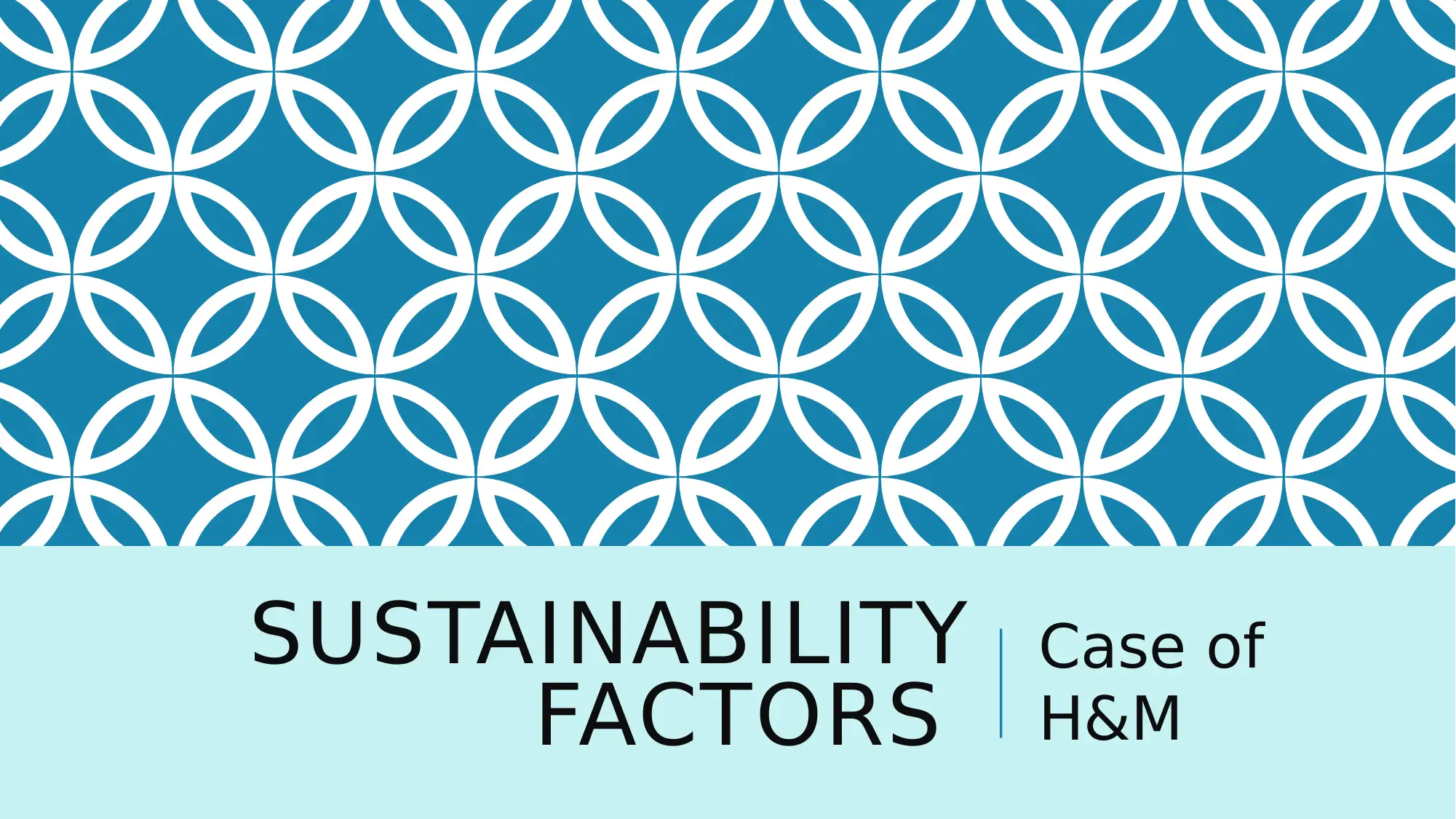
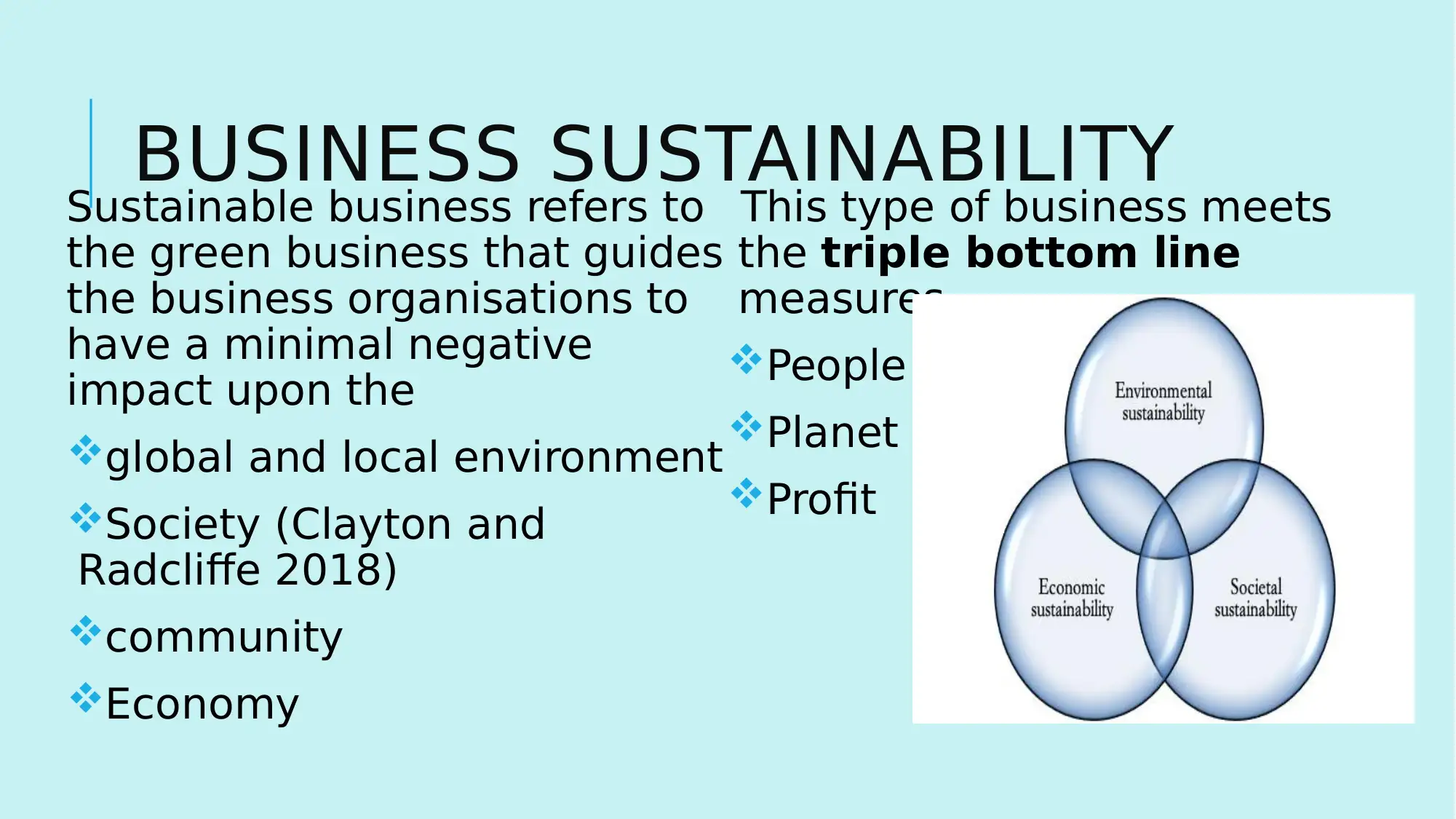
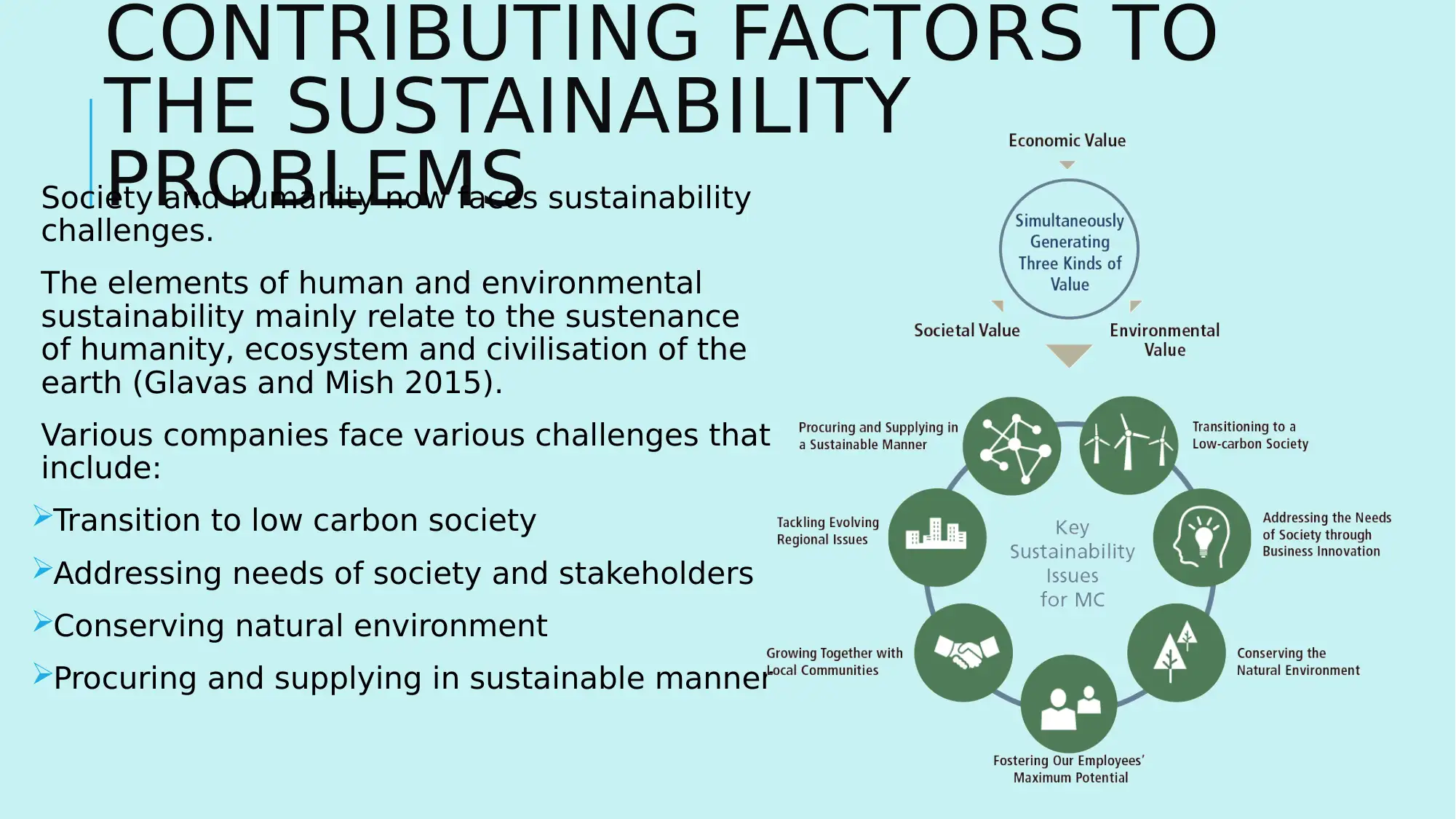

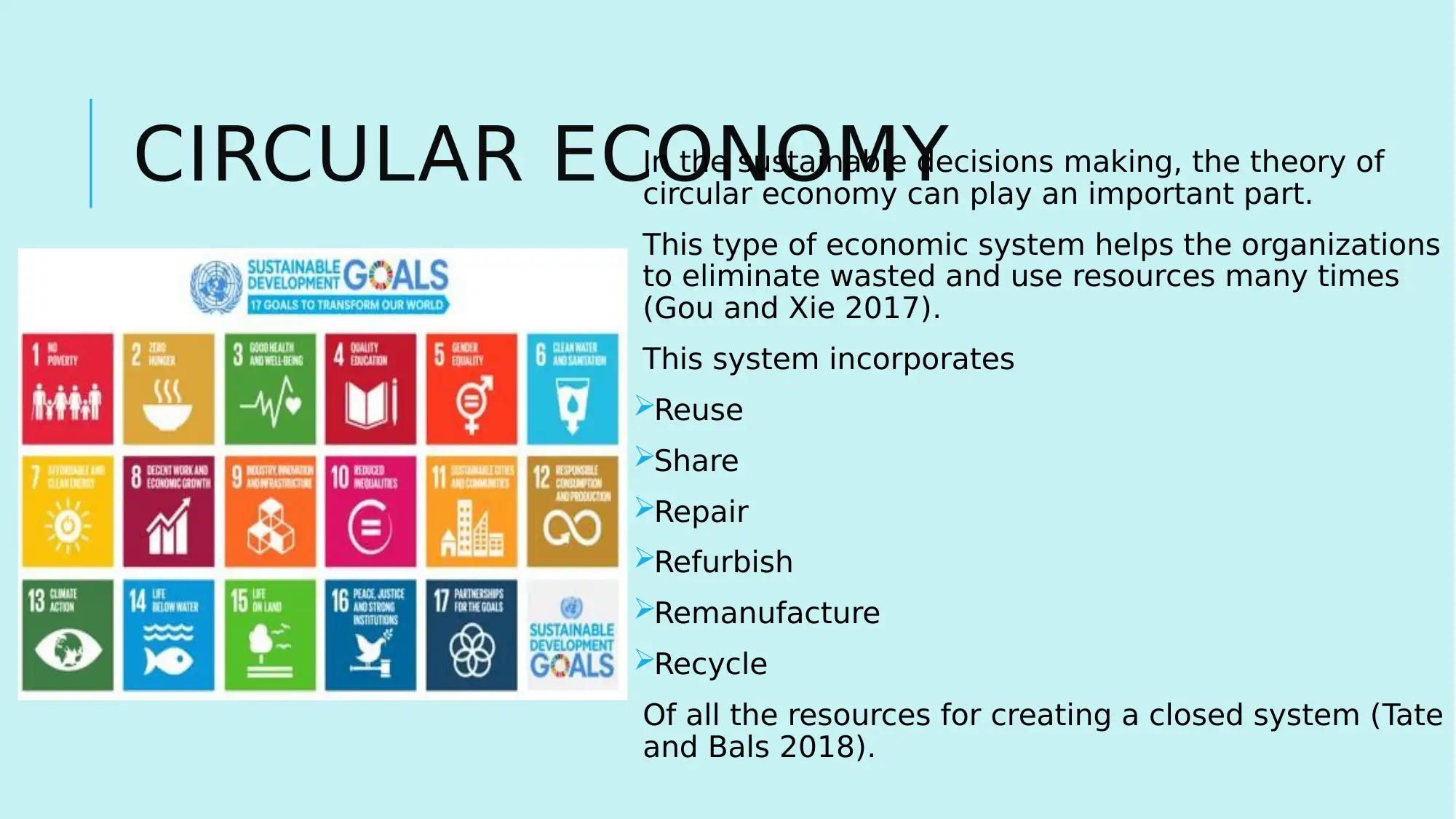
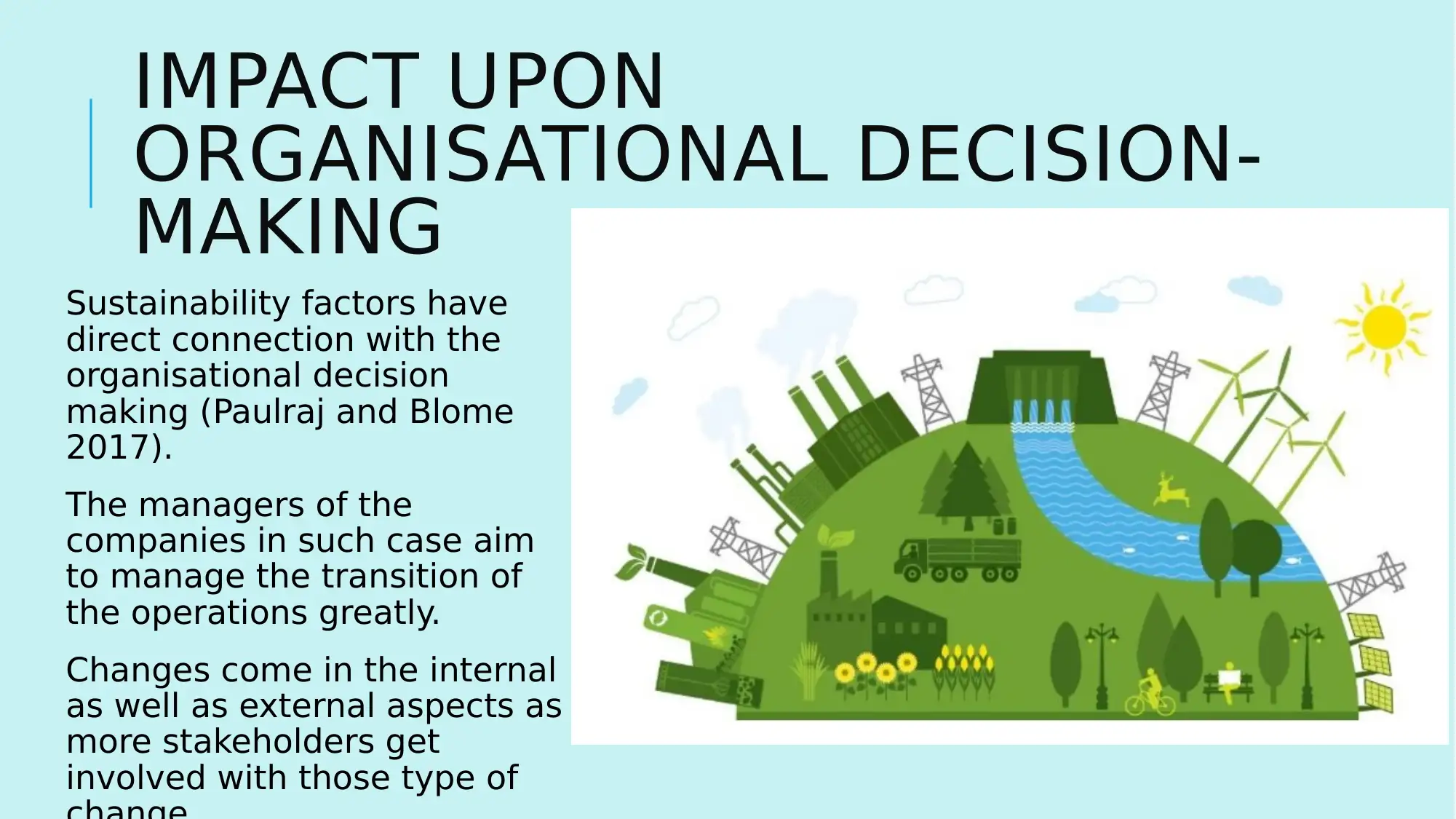
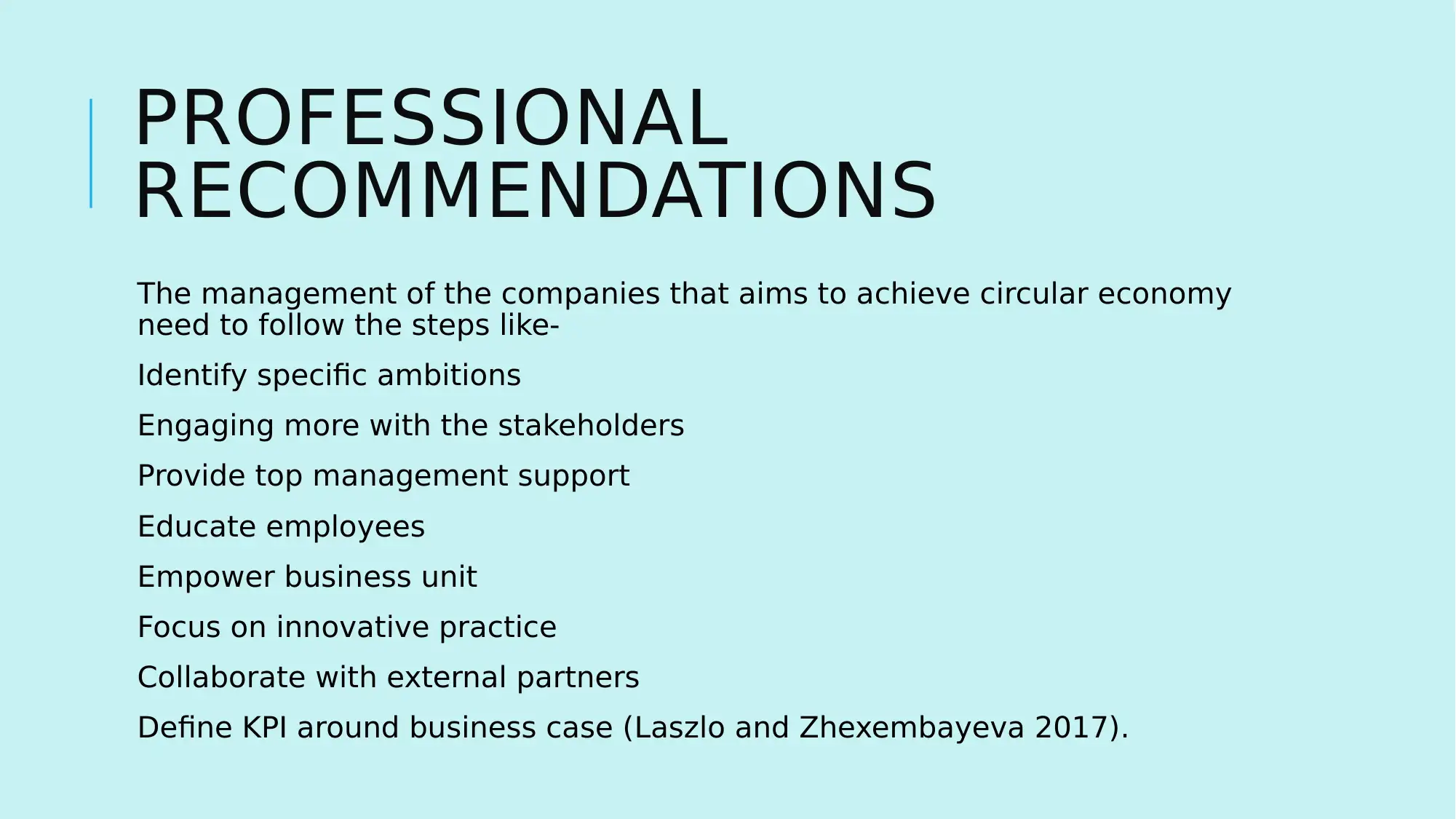
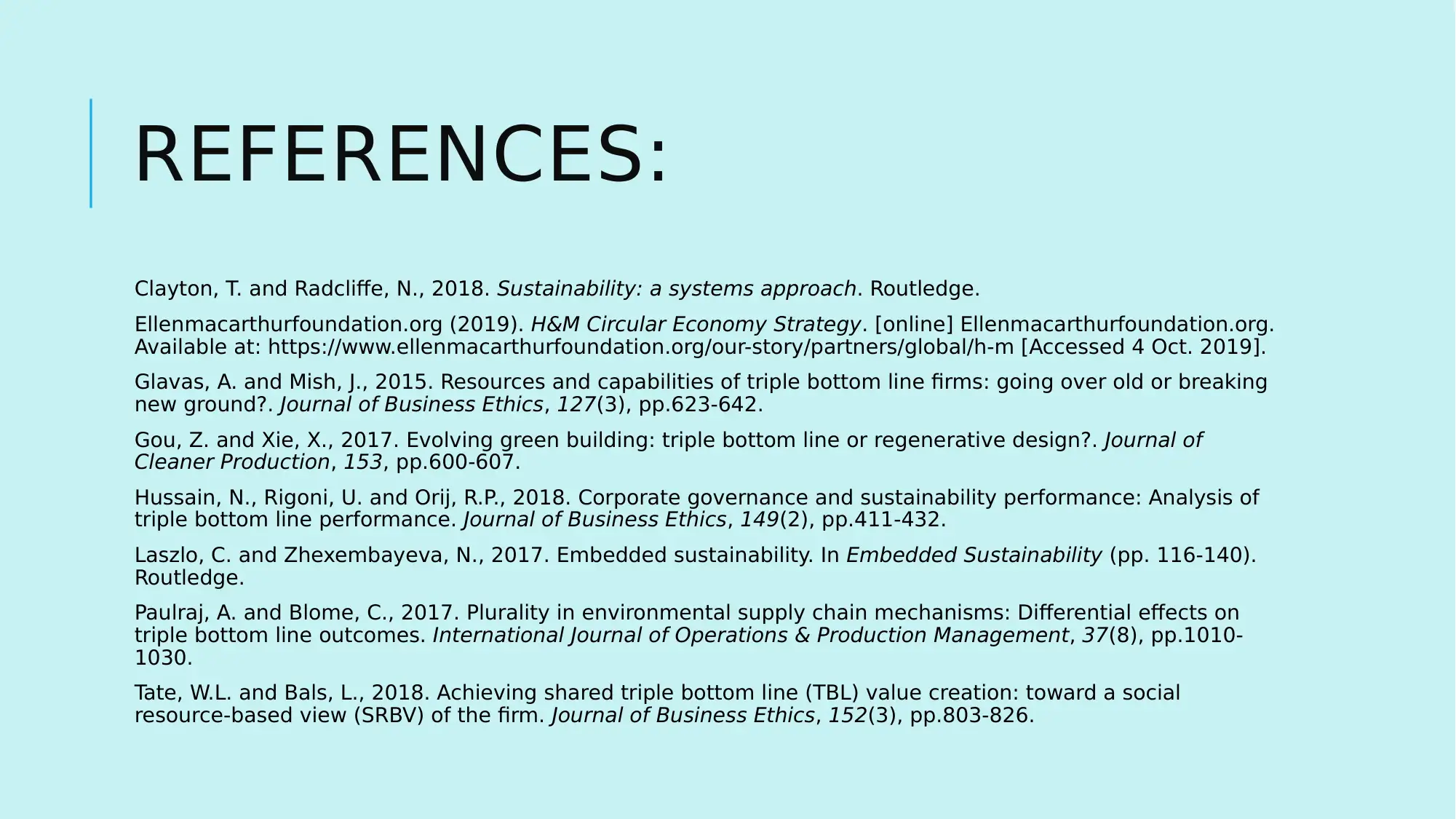

![[object Object]](/_next/static/media/star-bottom.7253800d.svg)